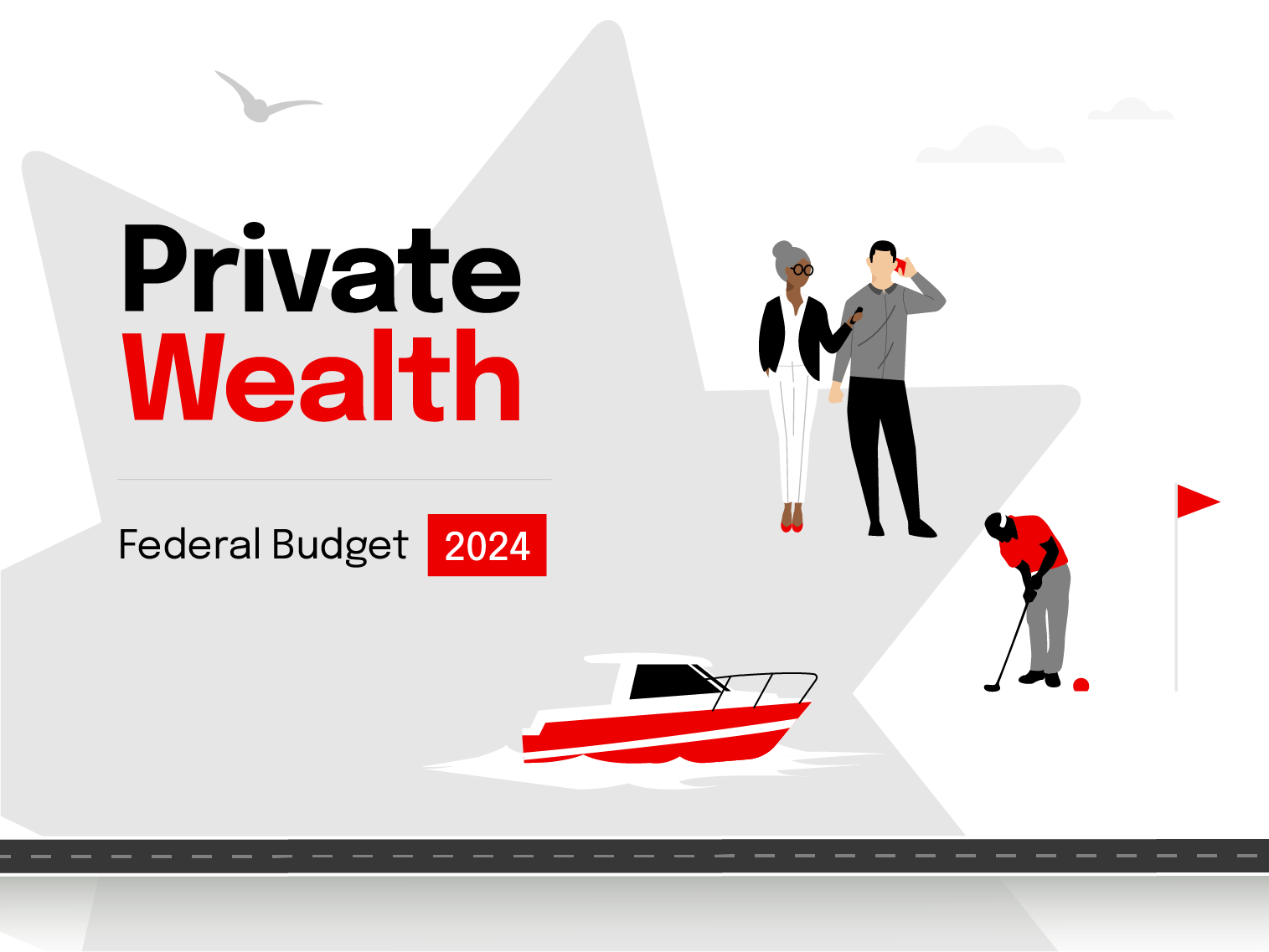Navigate complex macroeconomic trends with insights from the NAB Private Wealth Investor Forum.


Report
The Treasurer handed down his third Budget tonight and delivered a second consecutive surplus for the 2023/24 financial year.

• Key measures for households in the Budget include the Stage 3 tax cuts, rental and energy bill assistance and a freeze on PBS co-payments. Elsewhere, there is additional funding for housing and infrastructure and $23bn over a decade for the Future Made in Australia program.
• The Budget forecasts a modest surplus for the current financial year, but a return to deficits throughout the forecast horizon. In this context, the disappointment in the Budget is a lack of willingness to tackle the longer-term challenges facing Australia and our fiscal outlook, namely the need for comprehensive tax and spending reform and measures to lift productivity growth.
• For financial markets, there are some takeaways:
1) the Budget underscores the “higher for longer” narrative for front-end rates, given it is unlikely to lower core inflation measures and also adds to aggregate demand in the economy;
2) all else equal, this may provide some near-term support to the currency, given expectations of easing in other G10 economies;
3) sectors such as Consumer Discretionary, Real Estate, Materials and Communication Services should benefit from the Budget; but
4) if Treasury’s forecasts for slower nominal GDP growth are realised in coming.
© National Australia Bank Limited. ABN 12 004 044 937 AFSL and Australian Credit Licence 230686.